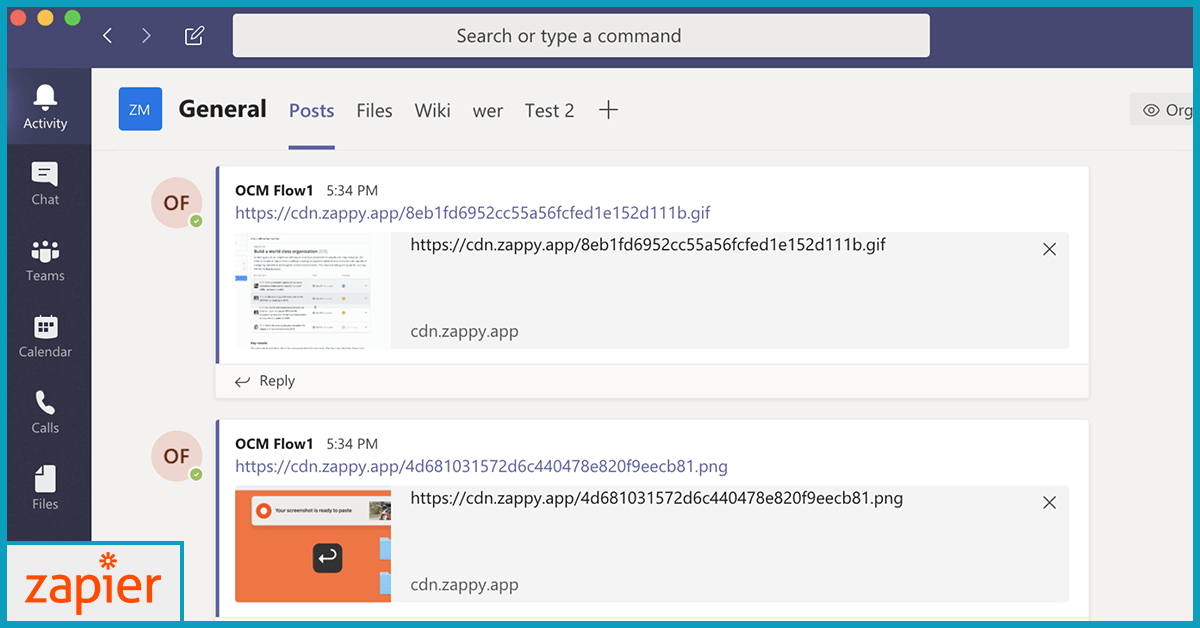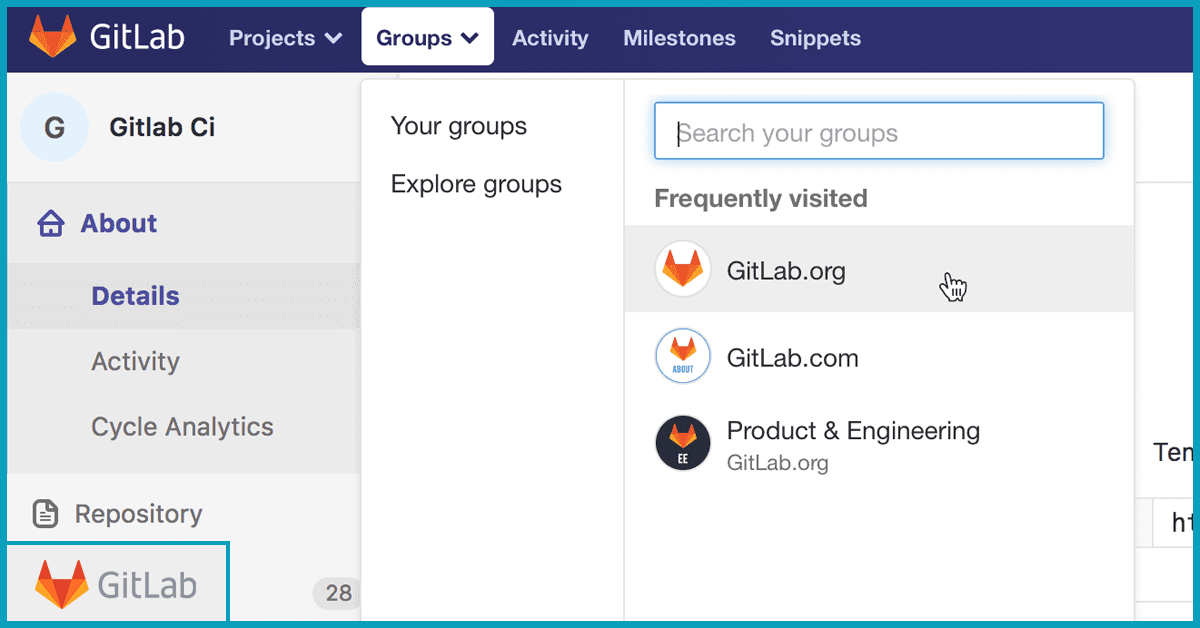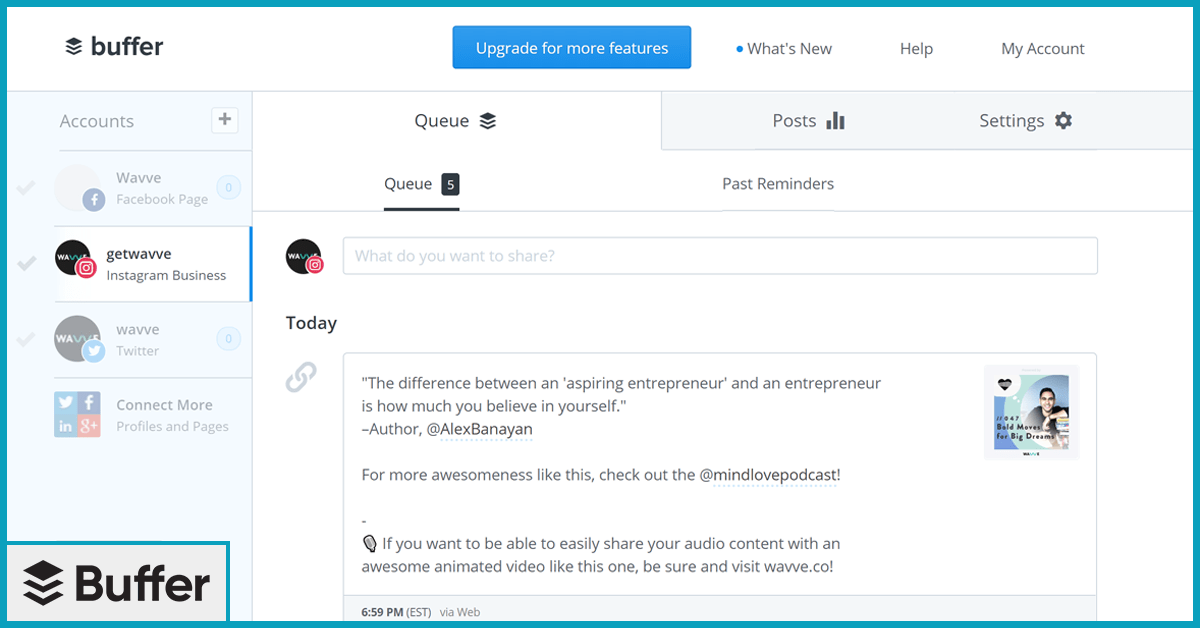Software Entrepreneurs whose names you’ll want to remember
1. Automattic
 Founder: Matthew Charles MullenwegMatthew ‘Matt’ Mullenweg of Automattic fame founded the company in 2005 after working with CNET for two years. The company name is a play on Matt’s name and is now a globally distributed company with over 1200 remote employees as of September 2020. According to a Ted Talk in 2019, Matt is one of the few software entrepreneurs who have confessed to never having met the first 20 people to join Automattic but had worked with them on projects in the past, which established the trust factor. To quote him, ‘ distributed work was a conscious choice.’ Matt believes that talent and intelligence are equally distributed but opportunities necessarily aren’t. And that’s where remote work fills the gap. Not only can you tap into a global pool but can also enable people to take up individual accountability without intervening unnecessarily!About the CompanyAutomattic is the company behind products such as WordPress, Jetpack, Tumblr, Akismet, and Woocommerce. It's an open-source platform that believes in making the web more accessible. The company is distributed and employs full-timers who work across 70 countries, with some working from home, or as digital nomads traveling around anyplace that has a stable internet connection!
Founder: Matthew Charles MullenwegMatthew ‘Matt’ Mullenweg of Automattic fame founded the company in 2005 after working with CNET for two years. The company name is a play on Matt’s name and is now a globally distributed company with over 1200 remote employees as of September 2020. According to a Ted Talk in 2019, Matt is one of the few software entrepreneurs who have confessed to never having met the first 20 people to join Automattic but had worked with them on projects in the past, which established the trust factor. To quote him, ‘ distributed work was a conscious choice.’ Matt believes that talent and intelligence are equally distributed but opportunities necessarily aren’t. And that’s where remote work fills the gap. Not only can you tap into a global pool but can also enable people to take up individual accountability without intervening unnecessarily!About the CompanyAutomattic is the company behind products such as WordPress, Jetpack, Tumblr, Akismet, and Woocommerce. It's an open-source platform that believes in making the web more accessible. The company is distributed and employs full-timers who work across 70 countries, with some working from home, or as digital nomads traveling around anyplace that has a stable internet connection!Remote Work Engagement Measures
As a fully distributed company, Automattic follows a creed that states expected conduct and outcomes from its employees. Some of the measures leadership is doing to improve their distributed capability and keep their remote workforce driven, engaged and socially active are:Document everything:
Comprehensive documentation makes decisions visible to everyone it concerns. When people work remotely, conversations with actions and decisions in them have to be available so that even if team members are in different timezones, they have sufficient information to work with and can pick up where their coworker left off.Move communication online:
Follow the 3 Ws of communication- i.e. Who, What, and Why. This narrows down group calls to members by their involvement and role in work. Who do you need for this meeting? What is the agenda? And Why is this meeting happening? It's about recreating interactions online such that work progresses without distracting someone and is instead making strategic use of the hours left in a day.Find the right tools:
Experiment with tools till you find a set that is suitable for everyone working remotely. The right remote management tools for teams should enable them to converse, react to decisions, and respond with action.Create productive f2f time:
Automattic usually arranged for an annual grand meetup which, in Matt’s words is half work, and half play. The primary goal is to bring the distributed workforce together and enable coworkers to establish a deeper connection that will help them collaborate later.Help people find their creative space:
Automattic sets aside a budget for a remote work environment conducive to productivity. This includes internet allowance, ergonomic interiors and devices to help them stay connected.
2. Treehouse
 Founder: Ryan and Gillian Carson.Software entrepreneurs Ryan and Gillian founded Treehouse in 2011. It was a project from the CEO, Ryan’s previous company, Carsonified, which provided video-based tutoring. Ryan’s mission was to make tutoring available and affordable to adults who wished to upgrade their skills and keep themselves employable with market-ready technical competencies. Treehouse is fully remote and hires staff from anywhere in the United States. According to Ryan, the company initially started out with a 32-hour week with the intention of redefining work-life balance. In one of his tweets, Ryan quipped, "At Treehouse, we encourage our team to work from wherever they’re most effective." The motto remains to have people dial in from anywhere and engage in classroom learning as if it were in person!About the Company :Treehouse is an interactive online education platform with 200+ employees. It offers courses on mobile, web design, and game development. To date, Treehouse has taught over 260,000 people how to code and design. Four years back, the Treehouse Apprenticeship Program was launched in partnership with AnitaB.org and the Salvation Army to place apprentices in 100+ companies.Remote Work Engagement Measures
As a company built on remote hires, Treehouse takes measures to make the remote work culture successful, which include;
Founder: Ryan and Gillian Carson.Software entrepreneurs Ryan and Gillian founded Treehouse in 2011. It was a project from the CEO, Ryan’s previous company, Carsonified, which provided video-based tutoring. Ryan’s mission was to make tutoring available and affordable to adults who wished to upgrade their skills and keep themselves employable with market-ready technical competencies. Treehouse is fully remote and hires staff from anywhere in the United States. According to Ryan, the company initially started out with a 32-hour week with the intention of redefining work-life balance. In one of his tweets, Ryan quipped, "At Treehouse, we encourage our team to work from wherever they’re most effective." The motto remains to have people dial in from anywhere and engage in classroom learning as if it were in person!About the Company :Treehouse is an interactive online education platform with 200+ employees. It offers courses on mobile, web design, and game development. To date, Treehouse has taught over 260,000 people how to code and design. Four years back, the Treehouse Apprenticeship Program was launched in partnership with AnitaB.org and the Salvation Army to place apprentices in 100+ companies.Remote Work Engagement Measures
As a company built on remote hires, Treehouse takes measures to make the remote work culture successful, which include;Treat work as a project:
Manage your work as if it is a project. Create priorities in a To-dos format and run through them before you start so that you can clear your schedule and approach work knowing there’s a sequence to follow.Conduct effective meetings:
A meeting is only as effective as its agenda and attendees. Use video whenever possible and proceed with the discussion using the visual cues from your colleagues' expressions.Organize non-work chats:
Remember the saying, all work, and no play makes Jack a dull boy? It applies to remote workers. Take time outs from work to discuss hobbies, interests, and socialize in a central hub within the tool of your choice so that everyone feels included and can take the conversation further if they find a fellow coworker who they have something in common with!Trust your staff:
Trust is at the heart of remote teams. You are essentially delegating but are also letting your teams decide the conditions that individually work for them based on their temperament, physical location and aptitude. Making a demonstrable effort to trust your team proves that you know that they can make the right calls.
3. Zapier
 Founder: Wade Foster, Bryan Helmig, and Mike KnoopZapier started off as a side project for software entrepreneurs Wade, Bryan, and Mike in 2011. The trio worked on the prototype in Missouri but in different places according to their schedule. Back then, the founders worked out of cafes before their entry was accepted by Y-combinator in 2012. As Wade puts it, that was the first, and only time all three founders worked in the same room at the same time. The trio hired two more people who they collaborated with in the past, before becoming a now-remote company.About the Company: Zapier is a workflow integration platform that automates tasks by enabling users to create triggers. It integrates with documentation, collaboration, decision-making, social media and calendaring applications to ensure all of them are in one location rather than have the user switch between windows. Zapier is a 250+ strong remote team based in 24+ countries.Remote Work Engagement MeasuresA remote-first company that has a wealth of resources including handbooks, guides and cultural policies, Zapier takes team engagement seriously. Like Automattic, it organizes yearly retreats for facetime but spends the rest of the year ensuring communication is intentional and inclusive. The measures they take include;
Founder: Wade Foster, Bryan Helmig, and Mike KnoopZapier started off as a side project for software entrepreneurs Wade, Bryan, and Mike in 2011. The trio worked on the prototype in Missouri but in different places according to their schedule. Back then, the founders worked out of cafes before their entry was accepted by Y-combinator in 2012. As Wade puts it, that was the first, and only time all three founders worked in the same room at the same time. The trio hired two more people who they collaborated with in the past, before becoming a now-remote company.About the Company: Zapier is a workflow integration platform that automates tasks by enabling users to create triggers. It integrates with documentation, collaboration, decision-making, social media and calendaring applications to ensure all of them are in one location rather than have the user switch between windows. Zapier is a 250+ strong remote team based in 24+ countries.Remote Work Engagement MeasuresA remote-first company that has a wealth of resources including handbooks, guides and cultural policies, Zapier takes team engagement seriously. Like Automattic, it organizes yearly retreats for facetime but spends the rest of the year ensuring communication is intentional and inclusive. The measures they take include;Pair buddies:
Pairing up is a team-building activity that Zapier uses to get people to open up and share concerns, both work and non-work related. These are informal sessions between two coworkers who can catch up to each other virtually.Friday check-ins:
The weekly stand up happens at the close of the week so that everyone knows what was worked on, completed, and what will be the next priority to start on the following week. They wrap up their check-ins with weekend photo-sharing, commentaries and get-to-know-your-teammates sessions.Recreate the watercooler:
Zapier uses a naming convention for all Slack channels so that work and non-work related discussions don’t merge and confuse channel subscribers.Hire right:
According to Zapier the three ingredients to a distributed work set up are people, processes and tools. Hiring the right people is essential, yet tricky, especially if the person you’re considering offering the position to has all the skills but lacks the capability to get things done unsupervised. They emphasize on hiring doers, people you trust and those who can write so that documentation is a load shared by all.
4. Gitlab
 Founder: Sid SijbrandijSij founded Gitlab in 2014. A self-taught coder who fell in love with Ruby, Sij commercialized Gitlab to follow through with his passion for open source. Gitlab experienced a 50x growth under his leadership from 2015 onwards and is valued at an estimated USD 2.7 billion. I found Sid’s CEO handbook quite interesting, where his interests and drawbacks are listed. It's refreshing to see that he has not held back! As an active community member and pioneer in scaling remote organizations, Sid’s experience leading a remote company demonstrates how feasible it is to not necessarily rely on an office to bring teams together!About the Company: Gitlab Inc was a project from Gitlab software. It employs 1300 employees in 65+ countries, and all of them are remote.Gitlab’s products include source code management(SCM), value stream management, enterprise, security, and auto devOps, to name a few.Remote Work Engagement MeasuresGitlab has an all-remote section on their website which includes a playbook, getting started and how-to guides, even a remote manifesto! Their remote work engagement measures include
Founder: Sid SijbrandijSij founded Gitlab in 2014. A self-taught coder who fell in love with Ruby, Sij commercialized Gitlab to follow through with his passion for open source. Gitlab experienced a 50x growth under his leadership from 2015 onwards and is valued at an estimated USD 2.7 billion. I found Sid’s CEO handbook quite interesting, where his interests and drawbacks are listed. It's refreshing to see that he has not held back! As an active community member and pioneer in scaling remote organizations, Sid’s experience leading a remote company demonstrates how feasible it is to not necessarily rely on an office to bring teams together!About the Company: Gitlab Inc was a project from Gitlab software. It employs 1300 employees in 65+ countries, and all of them are remote.Gitlab’s products include source code management(SCM), value stream management, enterprise, security, and auto devOps, to name a few.Remote Work Engagement MeasuresGitlab has an all-remote section on their website which includes a playbook, getting started and how-to guides, even a remote manifesto! Their remote work engagement measures includeInternalize values:
Encourage both existing and new hires to go over company values by providing them with a walkthrough of the documentation compiled. Remember to update these values so that they don’t become static and difficult to adapt to when 100% remote.Adapt to a self-service mindset:
A common mistake is to try to replicate the office environment remotely which sets you up for failure even before you commence remote work. A self-service mindset is about refocusing your energies into prioritizing your schedule, such that you know which tools to use for what purposes.Focus your workspace:
Optimize your work station to minimize distractions. You should also be able to healthily unplug from this space when you are done for the day. If you’re the type to mindlessly scroll through non-work-related websites, consider using website blockers so that your attention doesn’t waver during your window of productivity.Factor in family and me-time:
Recharge by setting aside time for friends, family and yourself. It helps you unwind from work stress and live in the moment. Return calls you were unable to attend to while working, and consider starting a hobby or routine that includes the people you share space with.
5. Buffer
 Founder: Joel Gascoigne and Leo WidrichJoel Gascoigne and Leo Widrich are two software entrepreneurs who launched Buffer on November 30,2010. That makes it the oldest software tool under review in this blog! Leo left Buffer to spend time in a Monastery. In a way, he became a digital nomad and followed his heart. Buffer started out bootstrapped and went from zero to 73000 customers. Joel had always questioned the standard 9-to-5 week and the need to base a company and team in a single location. This was how the concept of remote working took hold.About the Company: Buffer is a social media marketing tool that runs on a fully distributed team of 85 people working in 15+ countries worldwide. Today, Buffer generates over USD 19 million in revenue annually. Their values incorporate transparency, positivity, gratitude, self-reflection, consistency and going beyond oneself.Remote Work Engagement MeasuresThe Buffer Brand kit bases their remote work success on the following advice.
Founder: Joel Gascoigne and Leo WidrichJoel Gascoigne and Leo Widrich are two software entrepreneurs who launched Buffer on November 30,2010. That makes it the oldest software tool under review in this blog! Leo left Buffer to spend time in a Monastery. In a way, he became a digital nomad and followed his heart. Buffer started out bootstrapped and went from zero to 73000 customers. Joel had always questioned the standard 9-to-5 week and the need to base a company and team in a single location. This was how the concept of remote working took hold.About the Company: Buffer is a social media marketing tool that runs on a fully distributed team of 85 people working in 15+ countries worldwide. Today, Buffer generates over USD 19 million in revenue annually. Their values incorporate transparency, positivity, gratitude, self-reflection, consistency and going beyond oneself.Remote Work Engagement MeasuresThe Buffer Brand kit bases their remote work success on the following advice.Conduct induction-day bootcamp:
The bootcamp experience at Buffer lasts for 45 days. A leader, role, and culture buddy is assigned to new hires who help set up accounts for the tools in use. These buddies drive culture and conduct sessions to ensure that hires align with company values.Make meaningful connections:
Employees that are remote need to be engaged in a way both meaningful and purpose-driven. Buffer uses its own platform to remain original and foster harmony amongst its team.Value fit over Culture-fit:
a value-fit focuses on being on the same page as the company’s mission regardless of one’s background, life experiences or abilities as that of your peers.Take personal improvement seriously:
feedback and coaching sessions at Buffer aim to tell people what they’re getting right, and what could improve. These touchpoints are personalized according to a teammates’ performance and ensures that transparency is followed.
 Interested in Virtual Team Building Events?
Interested in Virtual Team Building Events?





















